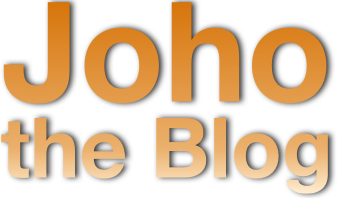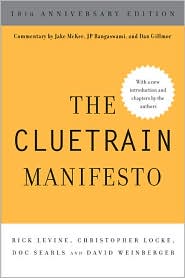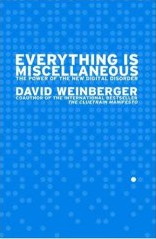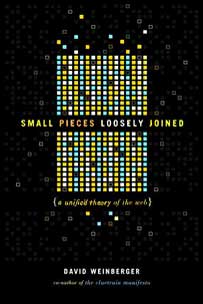June 14, 2011
Linked Open Data take-aways
I just wrote up an informal trip report in the form of “take aways” from the LOD-LAM conference I attended a cople of weeks ago. Here is a lightly edited version.
Because it was an unconference, it was too participatory to enable us to take systematic notes. I did, however, interview a number of attendees, and have posted the videos on the Library Innovation Lab blog site. I actually have a few more yet to post. In addition, during the course of one of the sessions (on “Explaining LOD-LAM”), a few of us began constructing a FAQ.
Here’s some of what I took away from the conference.
– There is considerable momentum around linked open data, starting with the sciences where there is particular research value in compiling huge data sets. Many libraries are joining in.
– LOD for libraries will enable a very fluid aggregation of information from multiple types of sources around any particular object. E.g., a page about a Hogarth illustration (or about Hogarth, or about 18th century London, etc.) could quite easily aggregate information from any data set that knows something about that illustration or about topics linked to that illustration. This information could be used to build a page or to do research.
– Making data and metadata available as LOD enables maximal re-use by others.
– Doing so requires expertise, but should be less massively difficult than supporting many other standards.
– For the foreseeable future, this will be something libraries do in addition to supporting more traditional data standards; it will be an additional expense and effort.
– Although there is continuing debate about exactly which license to use when publishing library data sets, it seems that usually putting any form of license on the data other than a public domain waiver of licenses is likely to be (a) futile and (b) so difficult to deal with that it will inhibit re-use of the data, depriving it of value. (See the 4-star license proposal that came out of this conference.)
– The key point of resistance against LOD among libraries, archives and museums is the propecia online justified fear that once the data is released into the world, the curating institutions can no longer ensure that the metadata about an object is correct; the users of LOD might pick up a false attribution, inaccurate description, etc. This is a genuine risk, since LOD permits irresponsible use of data. The risk can be mitigated but not removed.








